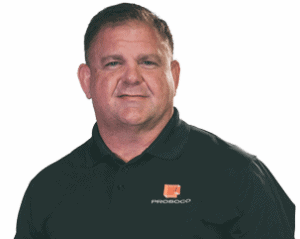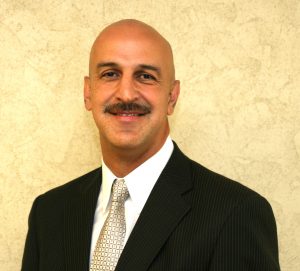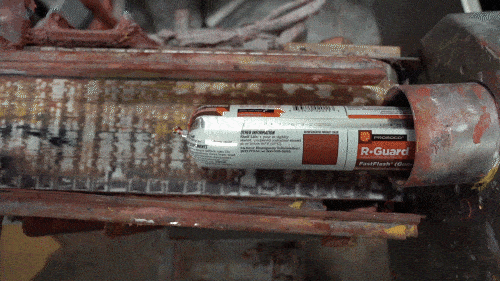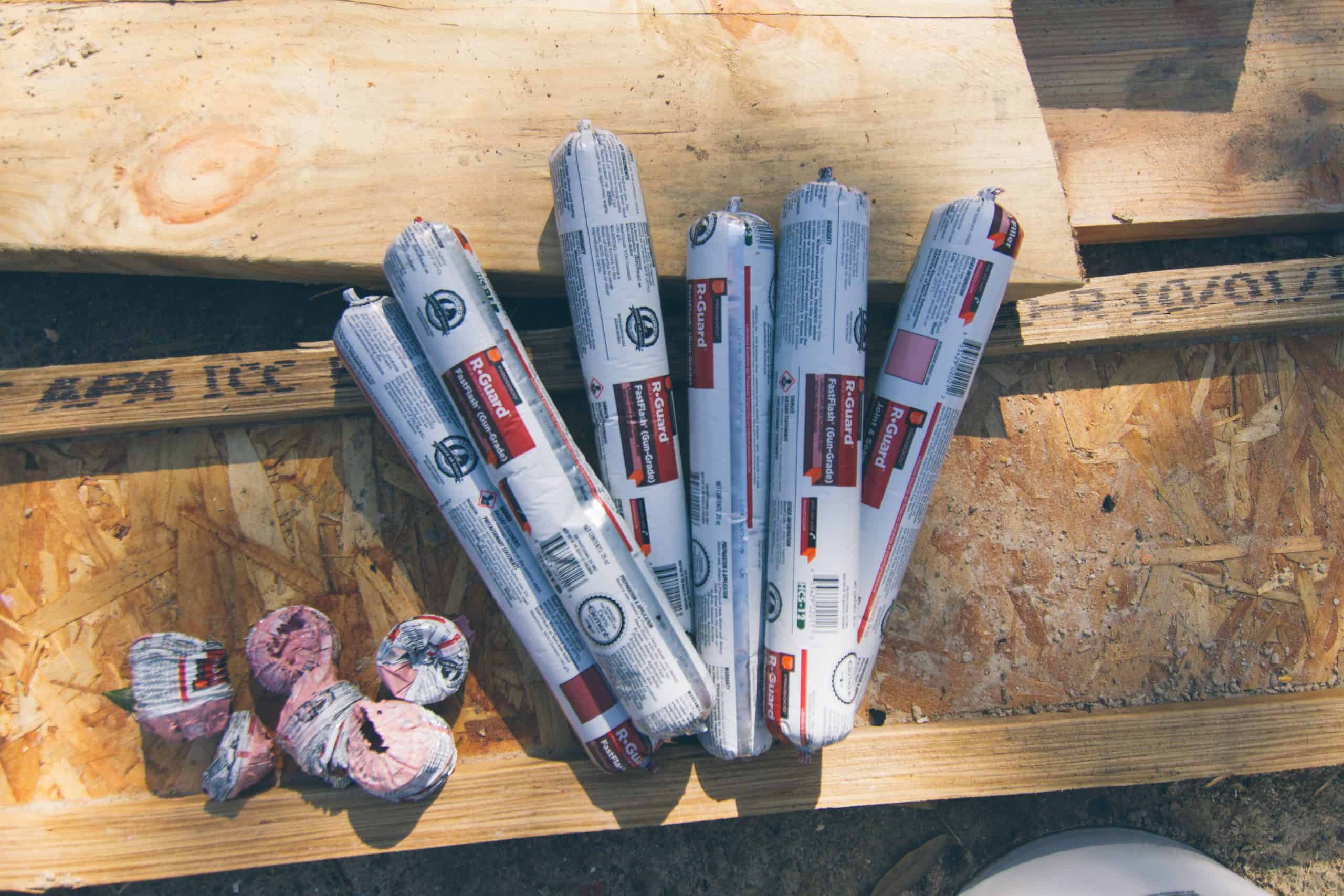Delivering peace of mind in your product selections and specifications.
We are all hard-wired to look for signals that we can trust a person, a business or a product. In the same way PROSOCO vets our suppliers and industry partners, we know our customers are vetting us and the products we make. That’s why we’ve worked to earn your trust for 81 years now, because we know this is a no-nonsense industry, and all business is about relationships you can count on.

Dave Pennington
Verify, then trust
Trust in this business does not come quickly and easily, nor should it. When it comes to the building materials you specify, recommend, distribute and apply, you need proof of performance and code compliance.
This is the reason we work with trusted organizations like the International Code Council Evaluation Service (ICC-ES) to independently verify product compliance to applicable codes and normative documents.
“We want our customers to know we’re offering our best when we put a product out in the market,” says Dave Pennington, head of PROSOCO’s air and water barrier product line for building envelopes. “The International Code Council Evaluation Service is the leader in third-party, independent testing, listing and product evaluation services. They’ve been doing this for a very long time, they’re internationally recognized and they’re the standard.”

Shahin Moinian
What some people may not realize is that ICC-ES involves more than just testing and evaluating a product’s conformance to building code.
“There are two parts to product evaluation. One is testing and the review of the test report, and the other part is the evaluation of the manufacturing plant,” says Shahin Moinian, president of the ICC-ES. “Those two parts are parallel while the (evaluation) moves forward. The inspection report (of the manufacturing plant) coupled with the engineering evaluation of the products and test report, result in a final product called the Evaluation Service Report (ESR).”
The ICC-ES uses a strict protocol to obtain the sample product for evaluation. A third-party representative visits the manufacturing facility and chooses material at random.
“They mark the pail or sausage so they know when it’s shipped to their place, it’s the same material they chose off the line,” Pennington says. “It goes to their location for testing, and then they run it through a series of industry standard tests established by ICC-ES through an acceptance criteria which may reference other standards such as ASTM for things like weathering, air permeance, tensile strength, water resistance, vapor transmission. These things are tested at the manufacturer’s prescribed application rates, and then they issue an ESR.”

Even after an ESR is published and issued, the services don’t end.
On an annual basis, a third-party representative from ICC-ES comes back to the manufacturing plant to re-evaluate the QC and consistent production of the material. This is done “so they can see that you conform to a standardized protocol, pail after pail and sausage after sausage,” Pennington says. “There’s predictability and you know what you’re going to get. That’s why it’s important for the specifier to have this done.”
"Unfortunately, there's a lot of risk involved in the construction industry, and the last thing a specifier needs is to take that risk upon themselves."
Why should I care?
Though several roles on a project team are concerned about code conformance of all products, Moinian and Pennington agree that specifiers are primarily looking for the verified proof provided by an ESR.
“Unfortunately, there’s a lot of risk involved in the construction industry, and the last thing a specifier needs is to take that risk upon themselves,” Pennington says. “(This testing) shows that the products you specify have passed the criteria of various tests, and that the manufacturing of a said product runs through a certain protocol. So you know that every tube, every pail and every sausage has the same process year after year, batch after batch, and you have peace of mind knowing there’s something to back up the claims that these products are suitable for their intended use.”
Moinian says architects, code officials and inspectors also benefit from the verification offered through an ESR.
“(They) can sleep well at night knowing that the products evaluated by ICC-ES have been evaluated rigorously by an experienced engineer or organization that has a proven track record to evaluate products to show it has met the applicable codes and standards,” he says. “What we do, in my view, saves lives. Code officials and inspectors approve products for installation right after they see one of our ESRs. That tells me they have confidence in us, they have confidence in our rigorous process, and they have confidence in the experience of our engineers.”

Pennington says he’s the proudest of PROSOCO’s ESR for FastFlash because it marked yet another “first” for the liquid flashing membrane designed for rough openings. When FastFlash first came into the market in 2003, it was the first of its kind with silyl-terminated polyether (STPE) chemistry, so the criteria to test it didn’t exist yet. Once the testing criteria was established, FastFlash became the first to meet those test criteria with ICC-ES.
“Not only do we have the tests for our field coatings, Cat 5, Cat 5 Rain Screen and Spray Wrap MVP, but we also have it for our detailing materials (FastFlash, AirDam, Joint & Seam Filler) as well,” Pennington said. “We test as much as we possibly can.”
Working for a company that can boast so many “firsts-to-market,” Pennington says a pioneering organization like ICC-ES is a well-suited provider for PROSOCO’s testing and evaluation services, and Moinian agrees.
A big car fan, Moinian often brings up automotive analogies to compare to construction. In particular, he remembers an old advertising campaign for Audi called “Never Follow,” which he likens to his organization.
“The ‘Never Follow’ part of it really has stuck in my mind,” he says. “We’ve been the leader in this industry for many, many years, and we’re going to remain the leader. I know there are a lot of evaluation bodies coming out from the ground every day. But they’re trying to imitate what we do. We didn’t have anybody to imitate. We try to never follow so we can be the leader in this industry.”
![]()
